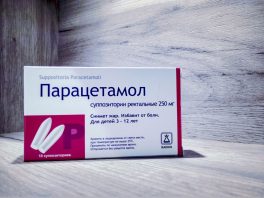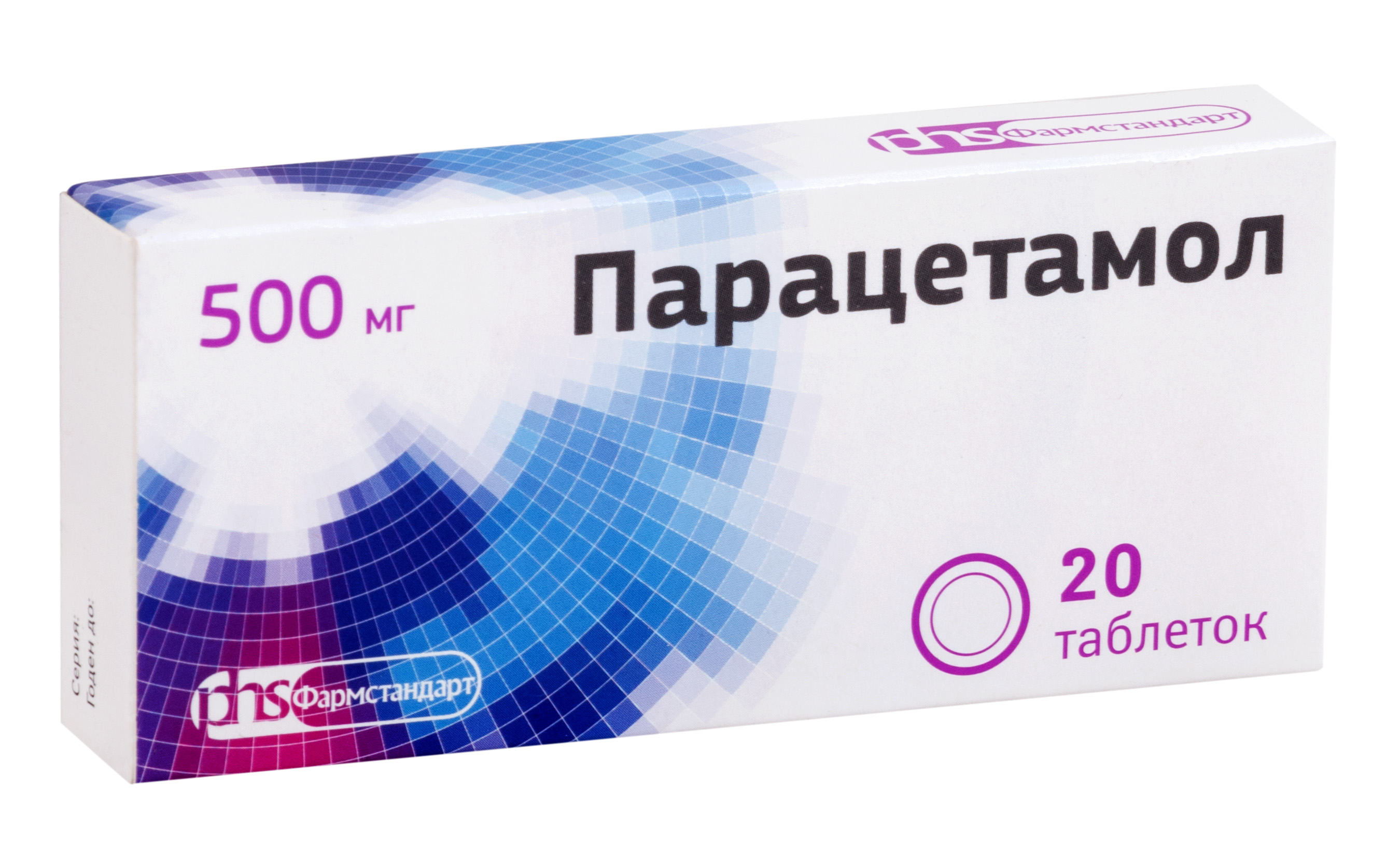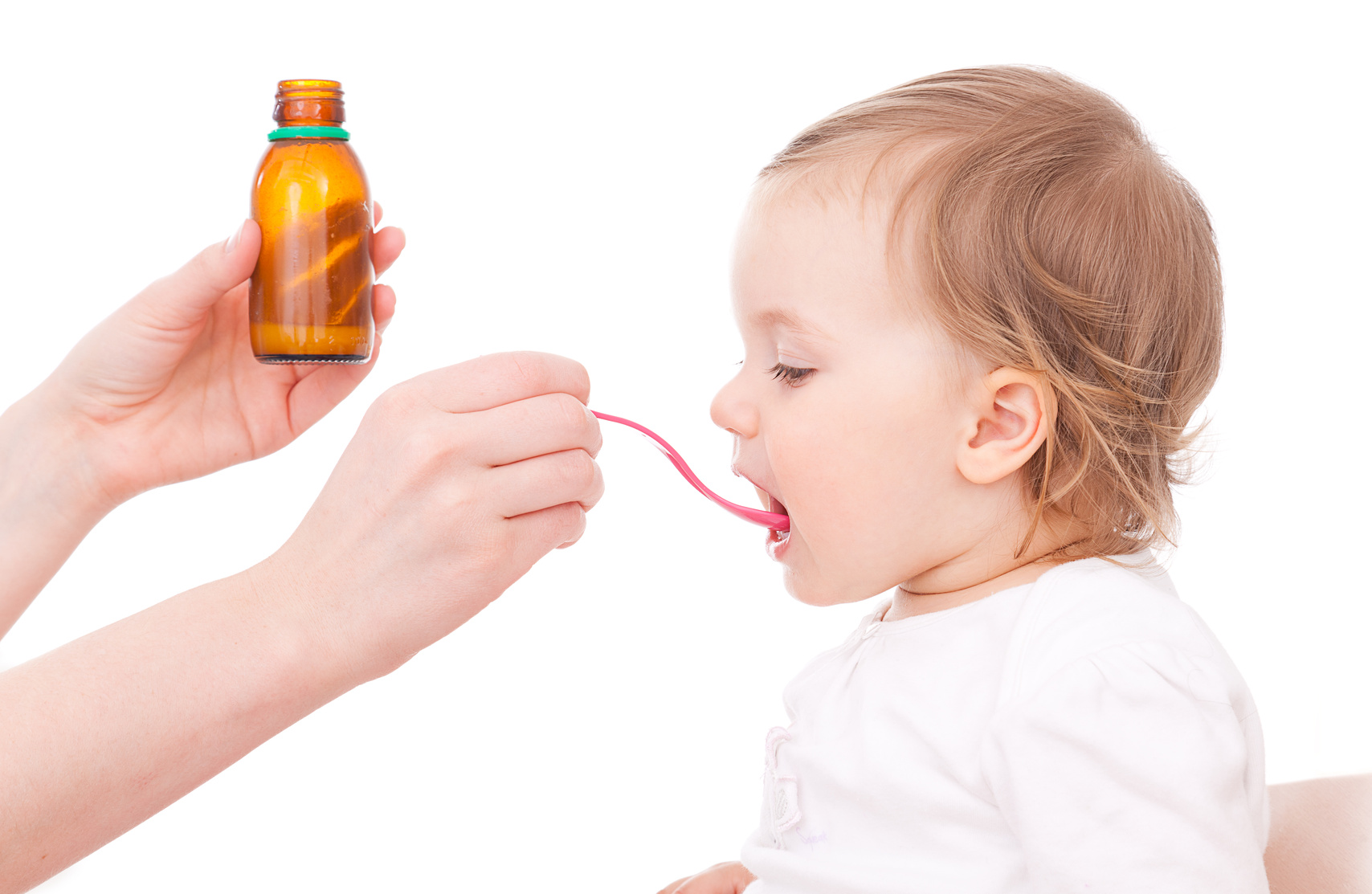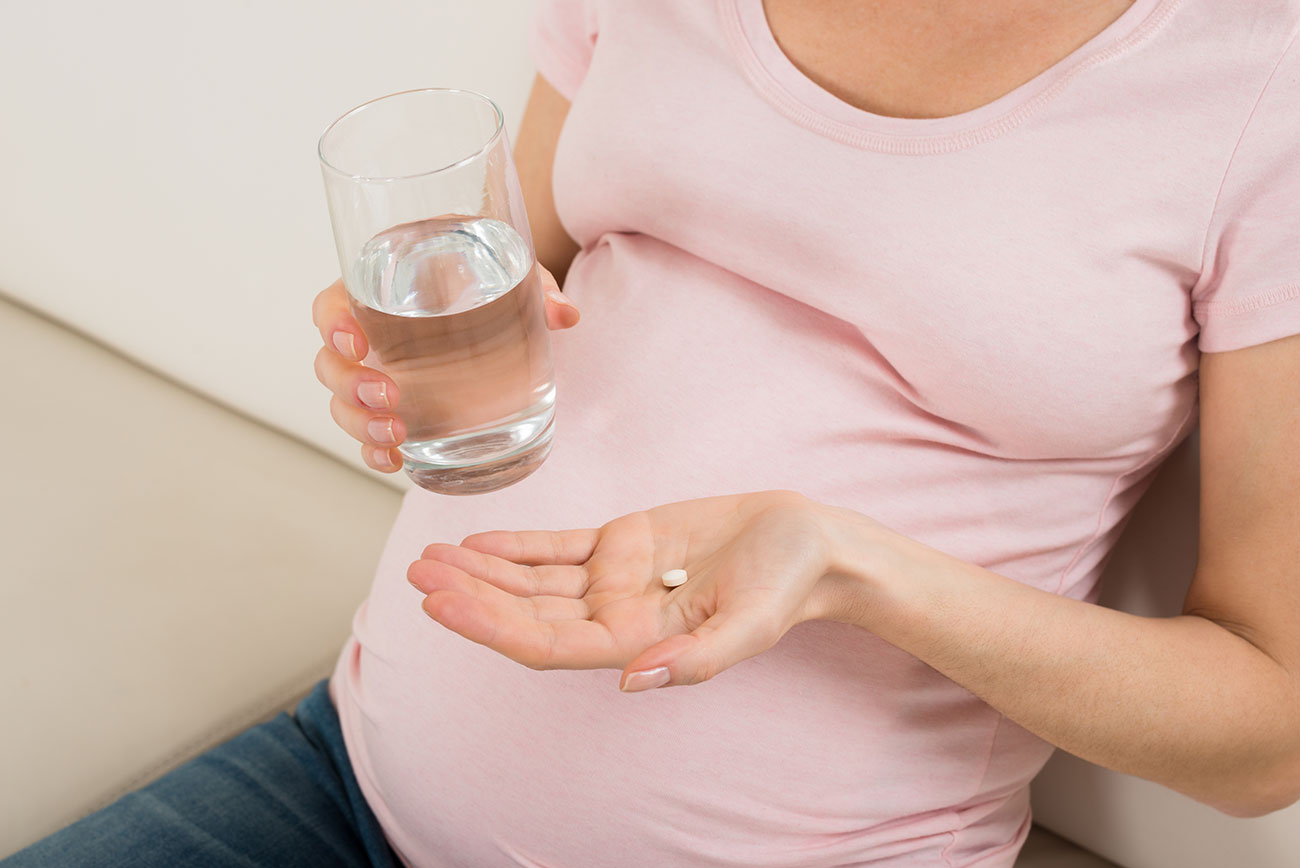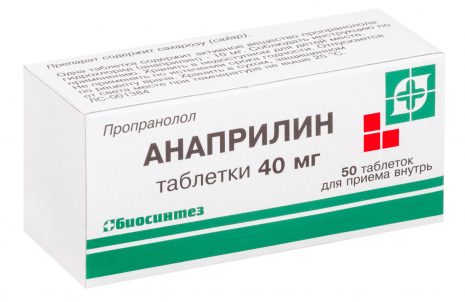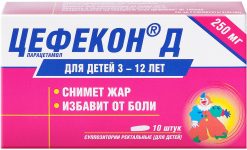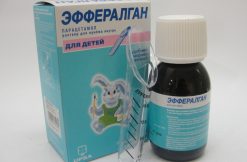The main function of Paracetamol is to relieve pain of various origins. In addition, the tool helps to cope with heat and inflammation. It is prescribed for both adults and children, and in some cases, you can take the composition of pregnant and lactating women, but only under the supervision of a doctor. Consider the features of the use of Paracetamol from headache for different categories of patients.
Material Content:
Forms of release and composition of the drug
The dominant component of Paracetamol is the compound of the same name. After entering the digestive system, it is absorbed through the walls of the intestine into the blood, and spreads throughout the body. The drug has a quick analgesic, antipyretic and anti-inflammatory effect. Then the components are processed by the liver cells and excreted by the kidneys, during urination.
The following forms of this drug are available in pharmacies:
- white round tablets with a dosage of 0.2, 0.25, 0.325 and 0.5 g;
- gelatin capsules with a similar volume of substance;
- white powder with 0.5 g of paracetamol;
- rectal suppositories, where the content of the therapeutic substance can be 0.1, 0.25 or 0.5 g;
- children's syrup and suspension in which the active component is present in a dosage of 0.05 or 0.1 g (the difference is that the syrup contains sugar, but the suspension does not);
- solution for intravenous injection (used only in stationary conditions).
Depending on the form of release, the drug is supplemented with various compounds that perform an auxiliary function.For example, corn starch, stearic acid, gelatin, glycerin, ethanol, purified water and fat. The latter is present only in rectal suppositories. Baby syrups also contain Raspberry flavoring and food coloring.
Paracetamol in tablets and capsules is packaged in blisters. Depending on the manufacturer, they can be stacked in cardboard boxes or dispensed without them. Rectal suppositories are placed in soft plastic cells, and they, in turn, are in cardboard boxes. Syrup bottles are also packed in cardboard, but a dispensing spoon is also attached to them.
An analgesic and antipyretic agent remains effective for 36 months from the date of issue. At the same time, it must be stored in dryness and darkness, at an air temperature of no higher than 25C.
On a note. The drug is not included in the list of prescription drugs and is sold in pharmacies freely.
Instructions for use for headache
If your head hurts, Paracetamol should be taken immediately, without waiting for the condition to worsen. The main thing is to observe the allowable dosage for a particular category of patients.
For adults
Paracetamol tablets for adults can be drunk 3-4 times a day. This is best done after a meal with water. The minimum single dose for this form of release is from 0.35 to 0.5 g of the substance. The maximum is 3-4 g at a time. A powder agent is also used.
And for adults, candles can also be prescribed. When a person weighs more than 60 kg, the recommended dosage is 0.35-0.5 g of substance.
On a note. Paracetamol baby syrup helps with headaches and adults. If there is nothing else at hand, you can take it. Only the dosage will be higher than for a child. It will be from 20 to 40 ml. Drinking water with a sweet mixture is optional.
Is it possible for children
Children are usually prescribed Paracetamol in the form of suppositories, suspensions or syrup.
Depending on the age of the patient and the form of the drug, the drug is used in the following volumes:
- Syrup and suspension. From 3 to 12 months - 2.5-5 ml, from a year to 6 years - 5-10 ml, from 6 to 12 years - 10-20 ml.
- Candles From 3 months to two years - 80 mg of the substance, from 2 to 6 years - 125-150 g, from 6 to 12 years - 250-300 g.
Patients over 12 years of age are prescribed an adult dosage. The number of receptions in all these cases is from 2 to 4 times a day, depending on the recommendation of the doctor.
During pregnancy and lactation
Expectant mothers often suffer from migraines, but this drug is prohibited for use in the first three months of pregnancy. At a later date, it can be taken once, but only with severe pain. The dosage in this case is from 0.5 to 1 g per day. If you need to take the medicine again, this can be done no earlier than 6 hours after the previous one.
With breastfeeding, the drug is allowed, but with extreme caution. It is worth adhering to the following rules:
- drink once from 0.35 to 0.5 g;
- do not exceed a daily dosage of 4 g;
- take the drug no more than 4 times a day;
- when the pain does not stop for more than 3 days, do not prolong the course of treatment with Paracetamol, but visit a doctor.
Important! Paracetamol only eliminates pain, but does not affect its cause. For effective treatment, you should consult a specialist and undergo an examination to find out what causes the malaise.
Analogues of the drug
The most common analogues of Paracetamol for headaches are Citramon and Analgin. However, the latter can have a negative effect on the condition of the mucous membrane of the stomach and intestines, and is prohibited if there are ulcerative formations. In addition, it should not be taken during pregnancy and lactation.
An adult can replace Paracetamol with the following compounds:
- Anaprion;
- Milistan;
- Spazgan;
- Efferalgan;
- Cefecone;
- Panadol.
For pregnant and lactating women, the choice of medicines for headaches is very small. In addition to Paracetamol, they are allowed Cefecon D in the form of candles and Panadol in the form of tablets. And it is also permissible to use syrup or rectal suppositories Efferalgan.
Many parents make the mistake of giving an adult drug from a headache to their child, only in a lower dosage. This can be done far from all medicines. For example, Analgin containing metamizole sodium should not be given to patients under 6 years of age. And in European countries, preparations based on this substance are not used up to 14 years.
The popular Spazgan can be given to a child, but only after agreement with the pediatrician. Citramon is prohibited for patients under 15 years of age. Otherwise, its use can cause a number of complications in the children's body.
MIG tablets made on the basis of ibuprofen, as well as Panadol, are acceptable for use. It contains the same paracetamol, which is supplemented with auxiliary substances. But it is better not to self-medicate, but to discuss with the pediatrician in advance what can be given to a particular child if he has a headache.
In conclusion, we can say that Paracetamol is a fairly effective tool that can quickly cope with heat, inflammation and pain. But before taking it, it is worth reading the instructions for use and make sure that this remedy is allowed to a particular patient and will not harm his body.



